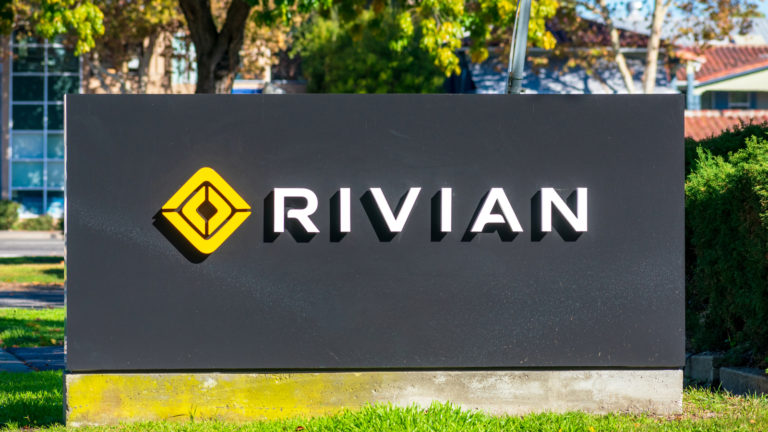Given the bad news circulating in the last quarter of 2023 about the health of the electric vehicle industry, it’s not surprising that Rivian (NASDAQ:RIVN) stock is down 26% so far in 2024. The Jan 17 target price downgrade of Rivian by Deutsche Bank analyst Emmanuel Rosner contributed to the decline. The analyst cut the 12-month target by 34% to $19 from $29.
Rosner predicts Rivian will incur losses until Q3 2024, hindering its recovery. However, according to CarandDriver.com, 1.2 million battery-electric vehicles were sold in the U.S. last year, along with 190,000 plug-in hybrids. In 2024, the combined sales estimate for BEVs and PHEVs is 1.9 million, 37% higher than in 2023. The demise of EVs is greatly exaggerated.
The Pros of Buying RIVN Stock at $15
Consider this: Rivian’s stock is down 45% from its 52-week high of $28.06 and 88% from its all-time high of around $130 in November 2021. Any good news is bound to send it into the mid-$20s, where it traded as recently as December. It hasn’t been this low since June 2023.
As for Rivian’s production results, The Motley Fool’s Will Ebiefung recently pointed out that it produced and delivered 17,541 and 13,972 vehicles in Q4 2023, respectively. Its deliveries were up 73% year-over-year, 35 percentage points higher than Tesla’s (NASDAQ:TSLA) increase in the quarter.
It’s fair to point out that Rivian’s 73% increase was from a base of 8,076, whereas Tesla’s 38% increase to 1.81 million was from a base of 1.31 million, 162x Rivian’s deliveries. It’s all relative, I suppose.
The point is, it would be much worse if the company saw a year-over-year decrease in deliveries, but it’s not. That’s a positive.
Furthermore, in Q3 2023, it lost $30,648 per vehicle delivered in the quarter, 78% less than in Q3 2022. Its loss from operations in Q3 2023 was $1.44 billion, 19% less than a year ago.
So, despite producing and delivering considerably more than last year, it lost less overall and per vehicle delivered. That’s a win.
It finished the third quarter with $9.1 billion in cash. It burned through $3.76 billion in cash from operations in the year’s first nine months. On an annualized basis, it should burn through $5.0 billion, so it’s got close to two years of cash before it’s in major trouble.
I think it’s safe to assume that Rivian will hunt for cash in early 2025.
The Cons of Buying RIVN Stock
As of Sept. 30, the company’s long-term debt was $2.72 billion, 121% higher than at the end of 2022. As a result, its interest expense was $147 million, 43% higher than for all of 2022. Its interest expense for 2023 should be close to $200 million, nearly double what it was last year.
If interest rates remain high throughout 2024, its interest expense this year could approach $300 million. And then it has to find more high-interest debt to keep the lights on. That’s a tiring task.
As an investor, do you want to mess around with big money losers in a higher-rate environment? I sure wouldn’t.
There’s no question that Rivian’s can continue to scale its business. That said, except for the most aggressive investors, the risk/reward proposition doesn’t seem tilted in your favor even though 17 out of 27 analysts rate RIVN as either Outperform or an outright Buy.
I suggest holding your stock if you own it. If you don’t, I’d revisit buying it in the summer once a couple more quarters have come and gone.
On the date of publication, Will Ashworth did not have (either directly or indirectly) any positions in the securities mentioned in this article. The opinions expressed in this article are those of the writer, subject to the InvestorPlace.com Publishing Guidelines.

